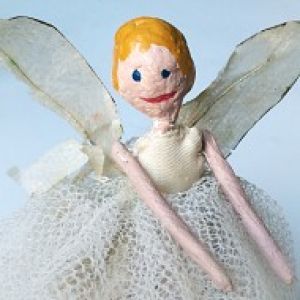A slice of life
It was the last day of my drawing class today and I spent it in the Gordon Museum of Pathology at Guys Hospital. Just amazing but no photos allowed, so time to use your imagination.
There are three floors of medical specimens in jars laid out in a 100 year old purpose built space with atriums and skylights and narrow stone staircases between the floors. It's a busy working space for medical students who come to study the exhibits and work among them.
We went to draw the beautiful anatomical wax sculptures of Joseph Towne who was employed by Guy's in the 1800s to make these incredibly lifelike models. Most are full size and some are large scale representations of various body parts from feet and hands to heads and torsos, all showing in incredible detail the peeled back layers beneath the skin.
They're astonishing - how do you accurately portray sinew and bone and muscle and eyeballs and skin and veins and membranes and finger nails and body organs using only wax? Apparently most of his sculptures were cast from real bodies and he took impressions from several cadavers and then compiled the parts to build each finished sculpture. We weren't shown it (obviously) but we were next to the dissection room where students still examine donated bodies today.
His tools were simple (they're on display) and apparently he layered paint and wax to create depth and sometimes even used gold leaf beneath the surface to create a translucent finish where needed. However he did it they're astounding. An image search of: "joseph towne gordon pathology museum wax" brings a good selection of images on Google.
His first ever model was a small scale human skeleton and he created it without reference to a real skeleton. Eventually his father sent him to the Fitzwilliam Museum in Cambridge to compare his model against a real skeleton. He met a professor there who put him in touch with Guy's and he also entered the model into a wax sculpting competition. It won a silver medal and was praised by top surgeons of the day for its accuracy yet it was not deemed suitable for medical study. The doctors themselves could not explain why, but it seems it crossed the boundary between art and science and was too uncomfortable for them to accept.
Eventually though they relented and he then worked for Guys for the rest of his life producing these amazing objects that are still admired and referenced today, sitting as they do among the desks and computers of the museum.
Apparently he refused to give up making them even when there was no money to pay him. He persevered until the good times returned and in his lifetime he created over 1000 anatomical wax models as well as a comprehensive collection of dermatological models showing every skin complaint imaginable in glorious 3D technicolour. I began to scratch just looking at them.
The museum is also home to Alan the modern mummy. Alan Billis died in 2011 and responded to a newspaper ad placed by Channel four asking for a mummification volunteer. He was the only person to apply - he wanted to do something special for his grandchildren to remember him by. The mummification was filmed by C4 and he now lives permanently in the Gordon Museum. Apparently he fancied the idea of a mechanical lever to wave his arm. That particular wish has not come to pass.
There's also a collection of beautiful tumour paintings by Lam Qua hung around the walls of one room above the glowing computer screens. Each one has his or her huge tumour showing very obviously. All of the tumour patients painted here were operated on; all but one of them without anaesthetic. And all but one of them survived.
I wasn't daunted by the sculptures - we all coped with them perfectly well, unlike a couple of previous class members who apparently found them too difficult - including a squeamish GP. The other was a nurse who found one particular study of a man too real to bear. She had seen many dead bodies in the course of her work and this particular model was she said, too accurate. I could see what she meant - every dot of his stubble is there, his head is drawn back and he seems to be screaming. The model ends abruptly, sliced across to reveal a cross section of the torso. While the other models stayed firmly on the side of medical study this particular piece did seem to cross into another realm.
Although the wax models didn't disturb me I was alarmed at the sight of a male student wearing an aqua-coloured jumper in one of the study rooms. It's not a colour that works on many men I don't think. Especially not with a matching aqua laptop. Ee gads, I'm sure he's a talented surgeon in the making but I hope he doesn't end up operating on me. Or perhaps I won't care.
- 19
- 3

Comments
Sign in or get an account to comment.


